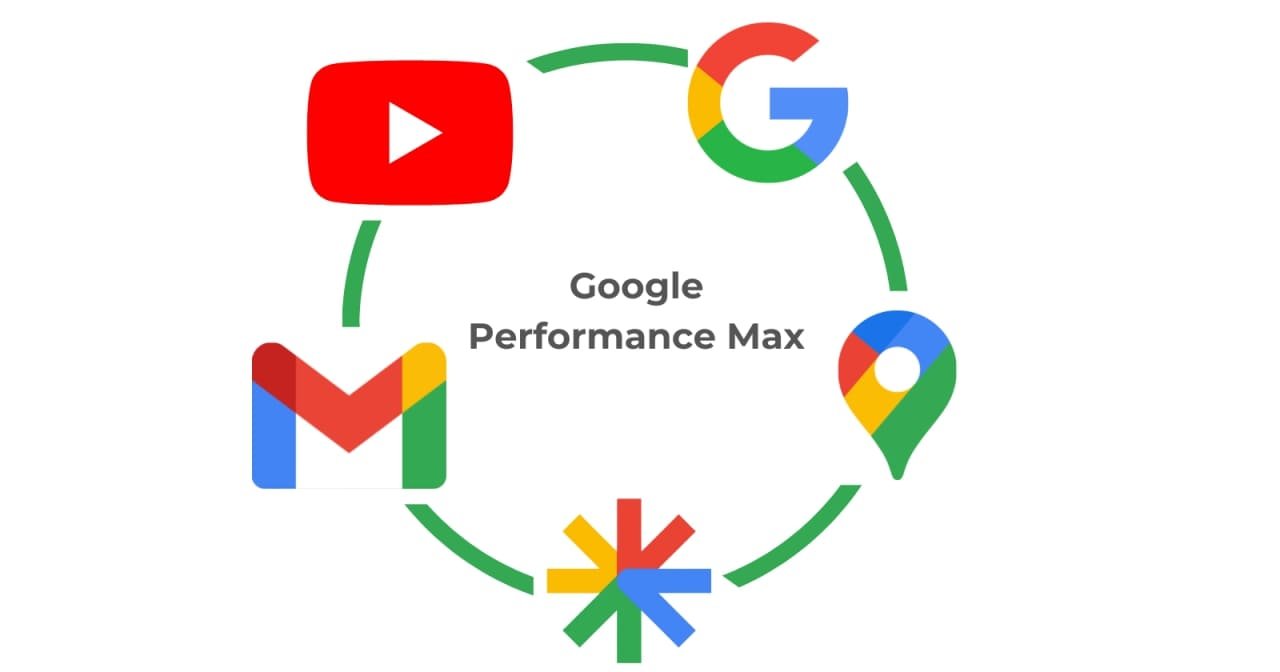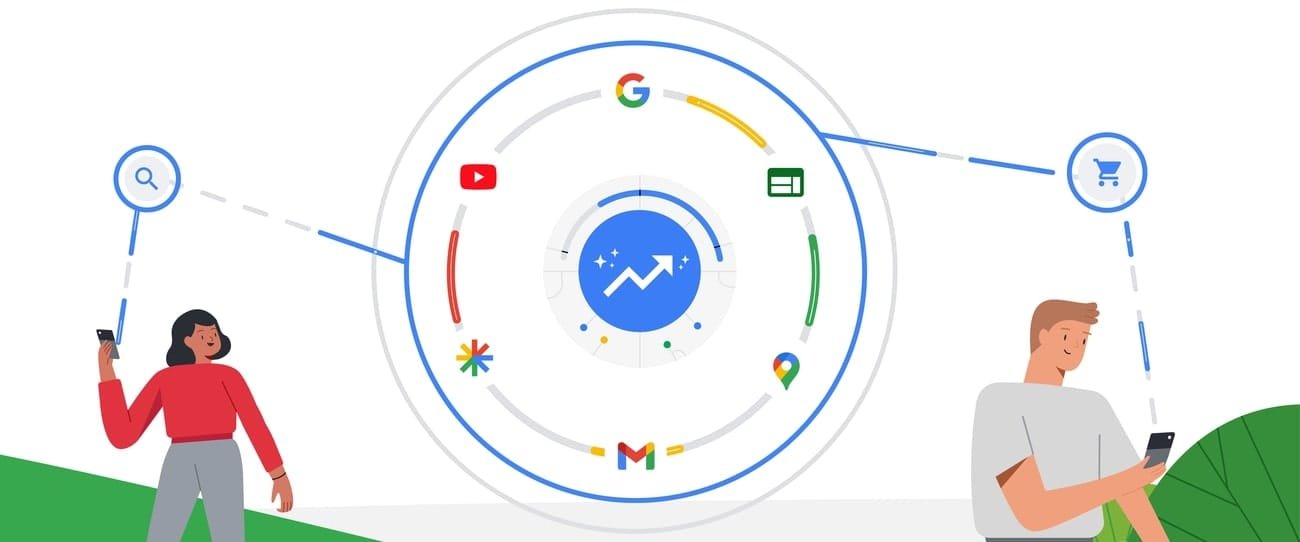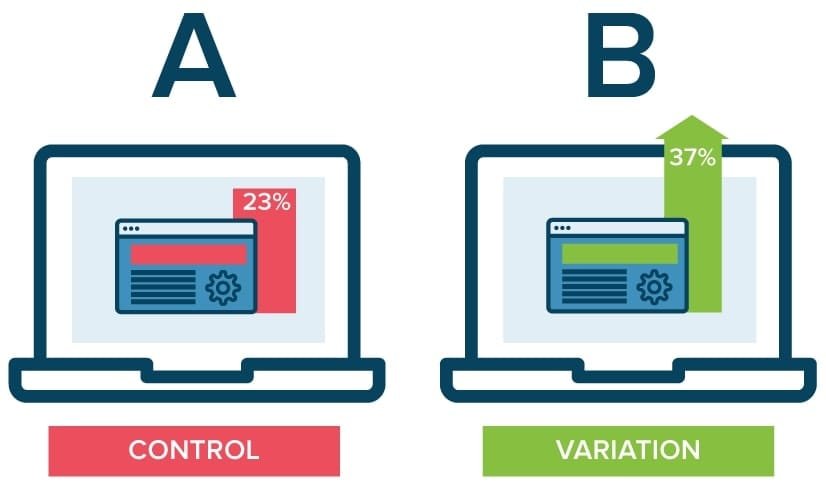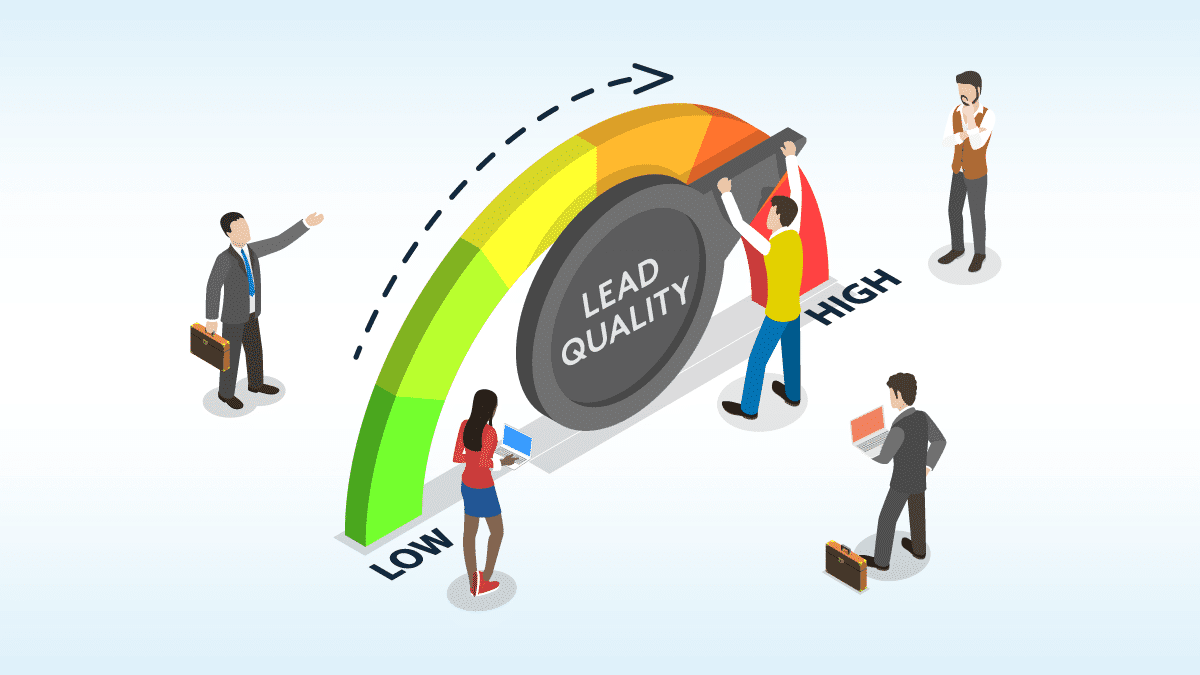In today’s competitive digital landscape, generating high-quality leads is essential for the success of any business. Google Ads Performance Max (PMax) campaigns offer a powerful solution to optimize lead generation by leveraging advanced automation and targeting capabilities.
Whether you’re looking to drive more conversions, increase new customer acquisition, or maximize ROI, Performance Max campaigns can help you reach your goals more effectively. This article explores the strategies you can implement to refine your Performance Max campaigns, ensuring that your leads are of the highest quality.
Performance Max (PMax) is a Google Ads campaign type designed to optimize ad performance across all of Google’s advertising channels, including Search, YouTube, Display, Gmail, and the Google Network. Unlike traditional Google Ads campaigns, which require separate setups for each channel, Performance Max consolidates everything into a single campaign, driven by Google’s machine learning algorithms. This enables marketers to reach their target audience across multiple touchpoints with minimal manual effort.
For businesses focused on lead generation, PMax can be a game-changer in improving lead quality through more refined targeting and bidding strategies. In this blog, we’ll walk you through how you can enhance lead quality with Performance Max by adjusting campaign settings, optimizing bidding strategies, and improving ad creatives.
Understanding the Core Principles of Performance Max
Performance Max campaigns are a dynamic way to reach your potential customers across all of Google’s channels using automation and machine learning. The key to PMax’s success lies in its ability to maximize conversion value and efficiently target the right audience.
The Basics of Performance Max Campaigns
Performance Max campaigns are powered by Google Ads’ machine learning algorithms, which automatically optimize your ads across various channels based on your goals. By using a single campaign, PMax helps businesses streamline their advertising efforts, providing more comprehensive reporting and insights. PMax can help you reach both new customers and previous site visitors who are most likely to convert, making it ideal for lead generation.
How Performance Max Differs from Traditional Google Ads?
Traditional Google Ads campaigns, such as Search or Display ads, focus on specific channels and targeting methods. However, PMax combines these elements into one unified campaign, automatically optimizing your ads across multiple Google properties.
Unlike search campaigns that rely heavily on keyword targeting, PMax campaigns prioritize audience signals and behavior data, allowing Google’s AI to deliver more relevant ads to potential customers. This makes Performance Max campaigns more efficient at reaching the right people at the right time, resulting in higher lead quality
Identifying the Root Causes of Bad-Quality Leads
While Performance Max offers a wide range of advantages in lead generation, poorly configured campaigns can result in bad-quality leads. Identifying the root causes of these poor leads is crucial for optimizing your campaigns. Often, the issues arise from misaligned targeting, incorrect bidding strategies, or over-reliance on automation. These factors can cause your ads to reach irrelevant or low-intent audiences, leading to wasted ad spend and lower conversion rates.
The Impact of Misaligned Targeting and Bidding
When your campaign’s targeting settings are off, your ads may reach the wrong audience, affecting lead quality. Whether it’s selecting the wrong audience signals, demographics, or geographic locations, poor targeting leads to unqualified clicks that don’t convert. Additionally, improper bidding strategies can further worsen this issue. If you’re focusing on cost-per-click (CPC) rather than conversion value, you may attract leads that are unlikely to convert, wasting your budget on non-converting traffic.
The Consequences of Over-Reliance on Automation
Automation in Google Ads, especially through machine learning, can be highly effective when set up correctly. However, over-relying on automation without adequate manual oversight can result in missed opportunities. For example, Google’s automated bidding and targeting may optimize for quantity over quality, resulting in leads that lack the potential for long-term business growth.
Additionally, without regular campaign adjustments and monitoring, machine learning algorithms may deliver suboptimal results, especially if the data used for optimization isn’t properly aligned with your business goals.
Strategy 1: Refining Targeting Settings for High-Quality Leads
A well-targeted campaign is the foundation for generating high-quality leads. To make the most of Performance Max, you need to refine your targeting settings based on detailed audience insights, custom segments, and audience signals. This ensures your ads reach the right potential customers who are most likely to convert.
Leveraging Detailed Audience Insights
One of the key advantages of Performance Max is the ability to leverage Google’s vast audience insights. Using detailed demographic segments, recent purchase intent, and other behavioral data, you can tailor your campaigns to the right people.
By setting up custom segments and applying audience signals, you can target groups of people who are most likely to engage with your ads and complete your desired actions, such as form submissions or phone calls. Understanding your audience’s preferences and interests will help you optimize the ad experience and ensure higher conversion rates.
Adjusting Location and Language Preferences
Location and language targeting are critical components of any lead generation strategy. For local businesses or those with a specific regional focus, ensuring that your ads are shown in the right geographic areas is crucial for quality lead generation.
PMax allows you to adjust location targeting to focus on areas where your ideal customers are located. Similarly, setting the appropriate language preferences will help you engage users in their preferred language, enhancing the overall relevance of your ads and improving the chances of conversion.
Strategy 2: Optimizing Bidding Strategies and Conversion Goals
Your bidding strategy directly impacts the quality of leads you generate. By aligning your bidding strategy with clear and measurable conversion goals, you can ensure that your campaigns are driving high-quality leads that will ultimately contribute to business growth.
Setting Up Realistic and Measurable Goals
The first step in optimizing your bidding strategy is to set clear, realistic, and measurable goals. These could be form submissions, phone calls, or specific actions on your landing page. By defining what success looks like for your business, you can use Google Ads conversion tracking to ensure that your campaigns are focused on driving high-value actions rather than just clicks. Clear goals allow you to track lead quality more effectively and make necessary adjustments to your campaigns based on real performance data.
Fine-Tuning Bidding for Lead Quality Over Quantity
Many advertisers make the mistake of optimizing for volume, aiming to generate as many leads as possible at the lowest cost. However, when using Performance Max, it’s crucial to adjust your bid strategy to prioritize lead quality rather than just quantity.
By focusing on metrics like conversion value or quality score, you can fine-tune your bidding to attract leads with a higher intent to convert, rather than simply seeking the lowest-cost clicks. This strategic shift helps you generate a more qualified pipeline of leads, ultimately increasing the ROI of your campaigns.
Strategy 3: Enhancing Ad Creatives and Messaging
Creating high-quality leads with Performance Max also depends on the effectiveness of your ad creatives and messaging. The right combination of compelling visuals, clear messaging, and targeted ad copy can significantly increase your chances of attracting qualified prospects. By optimizing your ad creatives, you ensure that your ads resonate with your target audience, encouraging them to take action.
A/B Testing for Effective Ad Creatives
A/B testing is a powerful technique to find the most effective ad creatives for your Performance Max campaigns. By testing different variations of your ad copy, images, and calls to action (CTAs), you can determine which combinations drive the best results. Regular A/B testing allows you to refine your messaging and visuals based on real data, ensuring that your ads are always performing at their best.
Whether it’s adjusting headlines, testing new ad formats, or experimenting with different offers, A/B testing helps you pinpoint the creative elements that resonate most with your audience, improving lead quality and conversion rates.
Crafting Clear and Targeted Ad Messages
Crafting ad copy that speaks directly to the needs and desires of your target audience is essential for improving lead quality. Your messaging should be clear, concise, and aligned with your conversion goals, whether it’s driving phone calls, form submissions, or purchases. Consider using persuasive language that emphasizes benefits, addresses pain points, and includes a strong call to action.
Additionally, visuals should complement the message by capturing attention and reinforcing your ad’s objective. Tailoring your messaging to the specific audience segments you’re targeting—using language, tone, and offers that appeal directly to them—can significantly increase engagement and conversion rates.
Strategy 4: Utilizing Advanced Analytics and Tools
To optimize your Performance Max campaigns and enhance lead quality, it’s essential to leverage advanced analytics and tracking tools. Google provides a wealth of data that can help you assess your campaign performance and make informed adjustments to improve outcomes. By using the right tools, you can continuously monitor your campaigns, track leads, and make data-driven decisions that drive better results.
Implementing Analytics for Deeper Insights
Google Analytics and audience reports are invaluable for understanding how your Performance Max campaigns are performing. By linking your Google Ads account with Google Analytics, you can gain deeper insights into user behavior on your landing pages and track key metrics like bounce rate, session duration, and engagement.
This information helps you understand which elements of your campaign are driving conversions and where improvements are needed. Additionally, using audience reports can reveal which segments of your audience are converting at the highest rates, allowing you to further optimize your targeting and ad creatives.
Tools for Continuous Performance Improvement
To ensure that your Performance Max campaigns are continuously improving, it’s essential to use tools like conversion tracking and data segments. Conversion tracking allows you to measure the exact actions that users are taking after interacting with your ads, such as submitting a form or making a purchase.
This data provides valuable feedback on lead quality and helps you adjust your bidding strategies and targeting. Additionally, using data segments enables you to break down your performance by specific audience characteristics, like demographics, location, or device type, helping you fine-tune your campaign settings for better results over time.
Key Takeaways for Improving Lead Quality with Performance MaxConclusion
Optimizing lead quality with Performance Max campaigns requires a strategic approach that focuses on refining targeting, bidding, ad creatives, and continuous performance monitoring. By implementing the strategies outlined above—such as refining audience insights, setting clear conversion goals, A/B testing ad creatives, and leveraging advanced analytics—you can ensure that your campaigns are driving high-quality leads that align with your business objectives.
Ready to improve your lead generation efforts? Reach out to Mastodon Marketing for expert assistance with Google Ads and Performance Max optimization. Let us help you get the best results for your business.
FAQ’s
How Can I Ensure My Performance Max Campaign Targets the Right Audience?
To refine audience segmentation, use detailed audience insights, custom segments, and audience signals. Regularly monitor performance reports to ensure your ads are reaching the most relevant users. Adjust location, language, and demographic settings to align with your target audience’s preferences.
What Are Common Mistakes Leading to Poor Lead Quality in Performance Max?
Common mistakes include misaligned targeting, such as incorrect audience signals or location settings. Additionally, vague or unrealistic conversion goals, like focusing solely on clicks instead of conversions, can lead to poor-quality leads. Ensure clear goals and precise targeting for better outcomes.
How Often Should I Review and Optimize My Performance Max Campaigns?
Regular optimization is key. Review your campaigns at least weekly to identify areas of improvement. Analyze performance data, adjust targeting, update creatives, and fine-tune bidding strategies to maintain optimal results and adapt to any shifts in user behavior.
Can Performance Max Work for Niche Markets?
Yes, Performance Max can be highly effective for niche markets. By using detailed audience signals and custom segments, you can tailor your campaign to reach specific groups of potential customers who are most likely to convert. Adjusting location, language, and demographic settings is crucial for targeting niche audiences.
What’s the Best Way to Measure the Success of My Performance Max Campaigns?
The best way to measure success is through conversion tracking and understanding campaign goals. Focus on tracking key metrics such as form submissions, phone calls, and sales. Regularly assess conversion value, cost per conversion, and lead quality to gauge campaign effectiveness and ROI.



